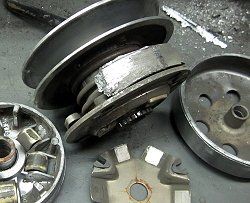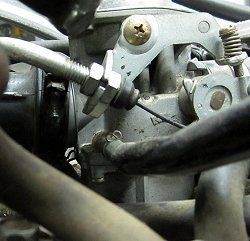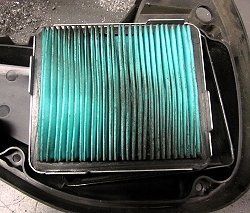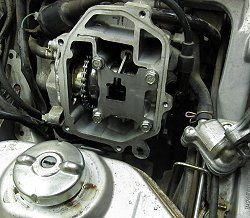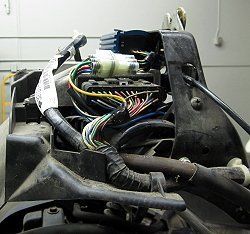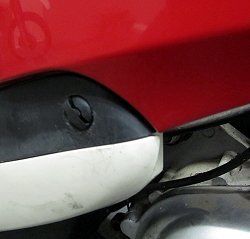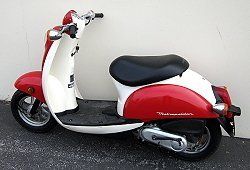The goal of this article is to get people looking at the basics before getting all crazy and ordering a bunch of parts. Don't worry, we'll get to top speeds and making it faster. SO KEEP READING.
We started with a Met that "runs good, and goes 35-40mph" claimed the seller "It only needs a carb cleaning", I'm guessing her hack mechanic told her that. Not sure about the 35-40mph either but who am I to doubt it, the girl was half my size. After listening to it run it sounded like someone let loose marbles under the drive cover, I said, "what's that noise?" She said, "I think I ran over something and it's stuck on the wheel." No, I think it's in there (pointing).
She was quick to haggle after that, it's OK I was looking for this type of bike. For some reason Met owners seem to think if it's still moving it's all good. The problem is next they usually want to buy a bunch of parts and get mad when things don't work out. I'm not slamming Met owners here, I think it's just that more Mets are on the road so the issue is more common. Anyway we wrapped up the deal and I had a Met, no test ride, perfect Met for me, neglected and handed from hack to hack and into my waiting arms (^_^)
I always remove the drive cover and inspect all the parts inside for damage and wear when a bike comes to me with a performance issue or even to make it faster. .

